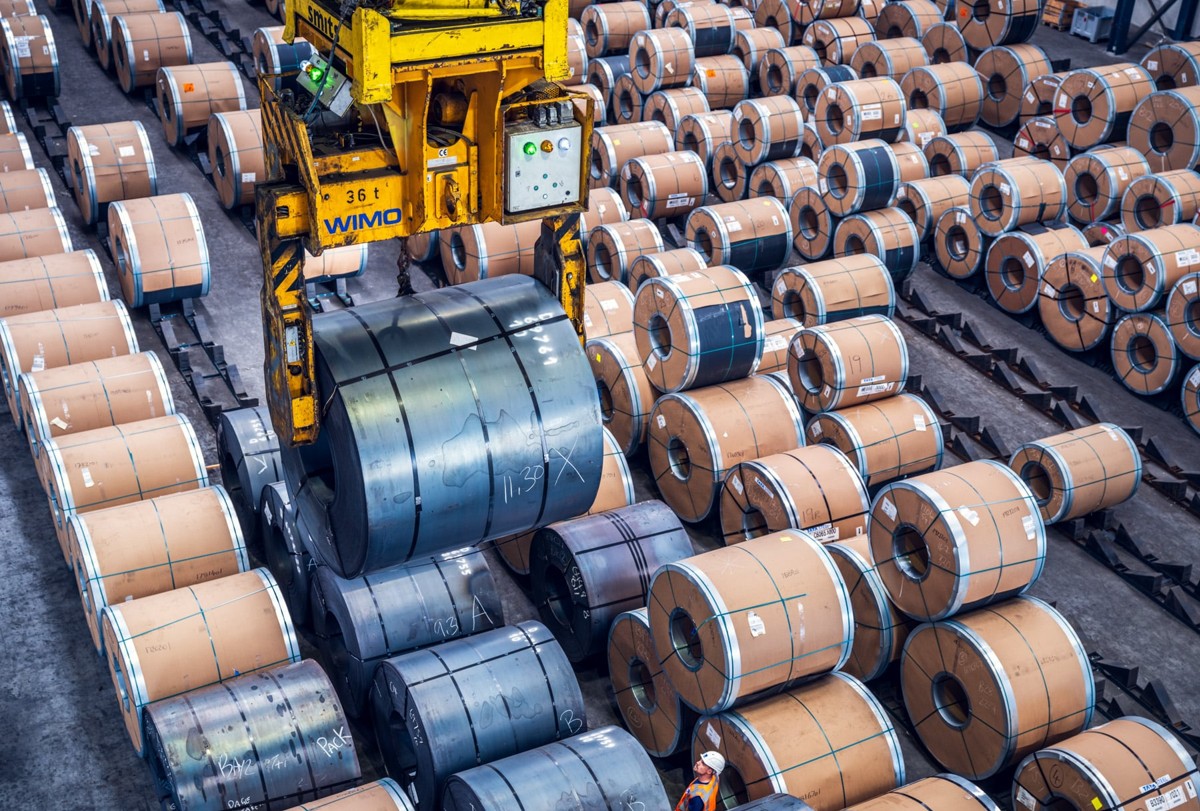Mexico

March 23, 2025
Leibowitz: Impact of tariffs on US manufacturers
Written by Lewis Leibowitz
On February 10, President Trump announced a massive restructuring of tariffs on steel and aluminum. Those changes took effect on March 12, and they will impact US manufacturing. What will the impact be?
Bye-bye exclusions
Perhaps the most important change, which hits imports from all countries, is the loss of a product exclusion process to remove tariffs on steel and aluminum products that are not made in the United States. Effective on March 12, no new exclusions are considered. An imported steel or aluminum production input, not available domestically, which costs $1,000 before March 12 will now cost $1,250. What will the reaction of American manufacturers be?
That is a very complex question, and there are no simple answers. I think we can eliminate one possibility—foreign producers will “eat” the tariff by reducing their prices.
In the $1,000 example, a foreign supplier would need to reduce the price to $800. The tariff would now be $200 and the total cost to the US manufacturer would be $1,000. Any foreign producer who agreed to that arrangement would probably face an antidumping duty far more than 25%. Of course, prices might come down to share the pain of the 25% tariff. But not by much, especially to smaller companies and traders, who already have relatively low-profit margins.
The tariff-induced price increases will work their way into the US market for everything from cars and trucks to construction materials, appliances, pipelines, ships, and many other things. Advanced products that have steel and aluminum in them will face import competition unless, which I fully anticipate, tariffs on those advanced products will increase too.
But once upon a time
The exclusion process in effect from 2018 until this month provided a small window of relief from these inevitable effects. As an advocate for downstream manufacturers for many years, I have seen these impacts first-hand. The exclusion process was far from perfect, to be sure—but it didn’t deserve the death penalty.
Exclusions were not the only “safety valve” helping US manufacturers—country exemptions (Australia, Canada, Mexico) and quota agreements limiting the quantity of imports (Brazil, the EU, the UK, Japan, Korea, Argentina) helped too.
All those safety valves are now gone.
The fallout
Prices will increase for products made with steel and aluminum. If consumers, both industrial and individual, can save money by buying products that have less steel and aluminum, they will. Demand for steel and aluminum will not increase if the price goes up. Protective tariffs generally raise domestic prices, which the Trump administration wants to happen. Steel and aluminum producers will be grateful.
But the price will go up even for products not made in the US. Prices for these products will rise, and the downstream products using them will be taxed on imports, usually at lower rates than 25%. Can the US tariff regime make the United States an economic prison, from which there is no escape?
Probably not.
Manufacturers may not leave the US immediately—long-term investments will not be surrendered so quickly. But the next investment will call into question the attractiveness of a new factory in the US.
Manufacturers will step up the search, which has been going on for some time, for substitutes for steel and aluminum in manufacturing. Examples abound—one of my favorites is the helmets worn by soldiers. They were made with steel from World War I through Vietnam. Now they are made with composite materials like Kevlar. And they are better than steel helmets—they are lighter, more adaptable, and can indeed stop a bullet aimed at your head.
On-deck circle
In short, manufacturers will adapt away from steel and aluminum. This will not help the steel and aluminum industries, which have withdrawn from many product markets (witnessed more than half a million steel and aluminum exclusion requests since 2018).
In order to “revitalize” steel and aluminum production in the US, the industry must develop new markets. They do not have the resources to do that without help from outside (like the proposed acquisition of US Steel by Nippon Steel).
Demand for steel and aluminum will continue to shrink. Tariffs on everything will have to increase to hold the line. But even that will not work to improve the lives of Americans. We will see on April 2, the latest in the tariff game—it looks like there will be more.
Editor’s note
This is an opinion column. The views in this article are those of an experienced trade attorney on issues of relevance to the current steel market. They do not necessarily reflect those of SMU. We welcome you to share your thoughts as well at info@steelmarketupdate.com.







